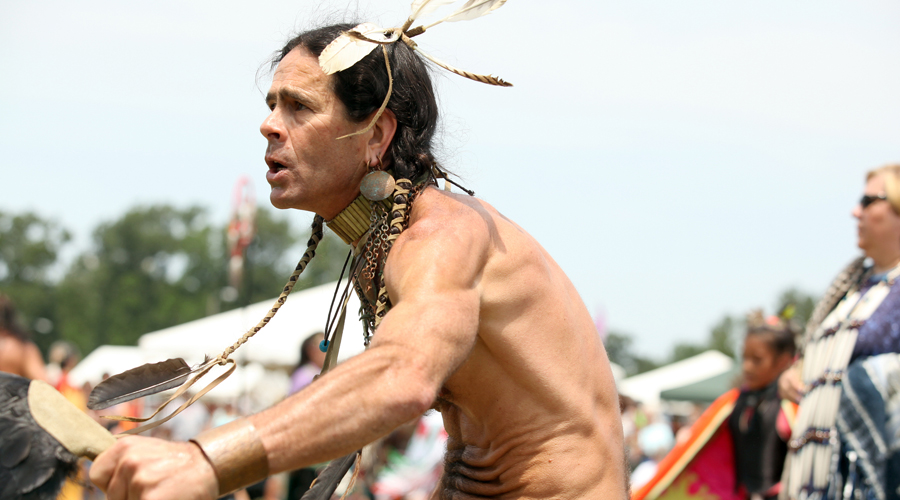To mark Native American Heritage Month, which begins Nov. 1, here are five things you may not have known.
1. The United States is home to 6.9 million American Indians and Alaska Natives. By 2060, this number is projected to reach 10.1 million people — or about 2.5 percent of the population, according to U.S. census data. The United States is also home to more than 500 federally recognized American Indian tribes and more than 300 American Indian reservations, including federal reservations and off-reservation trust land.
2. Native American Heritage Month traces its roots to the early 20th century. American Indian Day was observed in 1916 after Red Fox James, a member of Blackfeet Nation, rode horseback from state to state to get endorsements from 24 state governments to have a day to honor American Indians. In 1990, President George H.W. Bush signed a joint congressional resolution designating November 1990 as National American Indian Heritage Month.
3. The Postal Service has a history of honoring American Indians. The organization, which has about 4,000 employees who identify as American Indian or Alaska Native, has issued several stamps that honor American Indians, including Indian Hunting Buffalo (1898), the first stamp to portray a uniquely Native American theme; four American Folk Art stamps (1977); five American Indian Dances stamps (1996); and 10 Art of the American Indian stamps (2004).
4. “American Indian,” “Indian,” “Native American” and “Native” are all considered acceptable terms. According to the National Museum of the American Indian, most Native people prefer to be called by their specific tribal name whenever possible. In the United States, “Native American” has been widely used but is falling out of favor with some groups, and the terms “American Indian” or “indigenous American” are preferred by many instead.
5. It isn’t clear how many American Indians lived on the continent before 1492. Historic records and archaeological evidence don’t offer clear information about the population from this era. For America north of Mexico around 1491, these estimates range from perhaps 1.8 million people to more than 18 million, according to the museum. Many historians believe that the Native American population of the United States reached its lowest point — about 250,000 — at the end of the 19th century.
